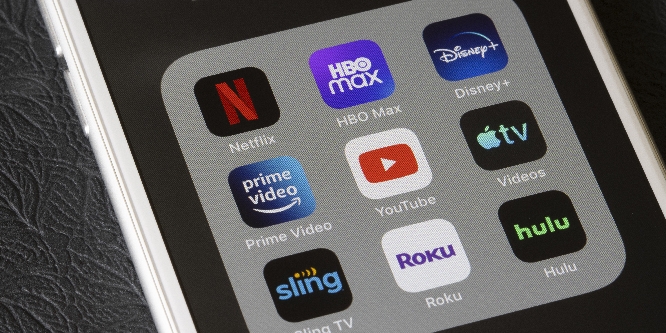
Photo: iStock | hapabapa
The advertising potential of streaming platforms has entered the hype cycle as Netflix and Disney+ recently rolled out ad-supported streaming tiers. The retail media arms of Kroger, Best Buy and Instacart want in on the action.
Other ad-supported streaming platforms include Roku, Disney’s Hulu, Comcast’s Peacock, Paramount’s Pluto TV, and Amazon’s Freevee.
With a more robust value proposition for advertisers than linear TV (traditionally scheduled programming), streaming TV or connected TV (CTV) promises to allow advertisers to target audiences granularly based on data provided by the host platforms, such as zip code and viewing habits.
“Youth-obsessed advertisers are turning to streaming to reach younger people who have gravitated to those services and to find the legions of Americans who have ditched their traditional pay-TV packages altogether in favor of streaming. Brands also find streaming attractive because it often enables them to target ads to specific audiences, similar to the way digital ads have worked,” The Wall Street Journal reports.
First-party data from retail media networks (RMNs) has increasing appeal because it’s based on actual consumer behavior and purchases and due to the impending loss of third-party cookies.
Insider Intelligence predicts that more than 80 percent of RMNs’ placement will remain online for several years, but the next growth spurt will be off-site inventory from CTV to digital out-of-home and in-store.
As usual, the challenge is linking advertising to purchases.
Best Buy, in early March, agreed to allow Roku to use its customer purchasing data for ad-targeting.
Disney, in mid-April, partnered on a beta test that will let CPG firms tap Kroger shopper data to reach target audiences across select Disney inventory, starting with Hulu.
“Together with Disney, we’re building more meaningful moments with measurable brand impact,” said Cara Pratt, Kroger Precision Marketing SVP.
Instacart announced a partnership with Roku last week to enable advertisers to leverage purchasing data from more than 1,100 retail banners and over 80,000 stores in North America.
“Our partnership with Instacart makes it easier to measure actual return on advertising spend in e-commerce and meet consumers where they are – streaming TV,” said Alison Levin, VP of ad revenue and marketing solutions, Roku.


Leave a Reply
You must be logged in to post a comment.